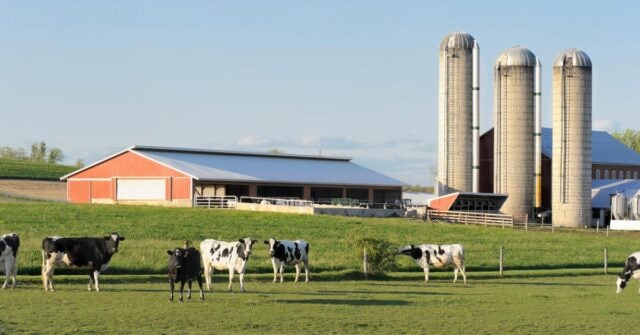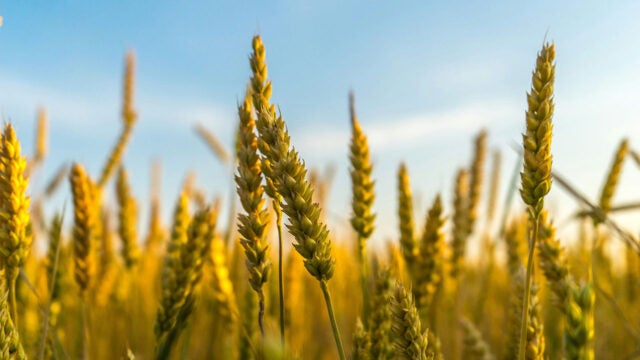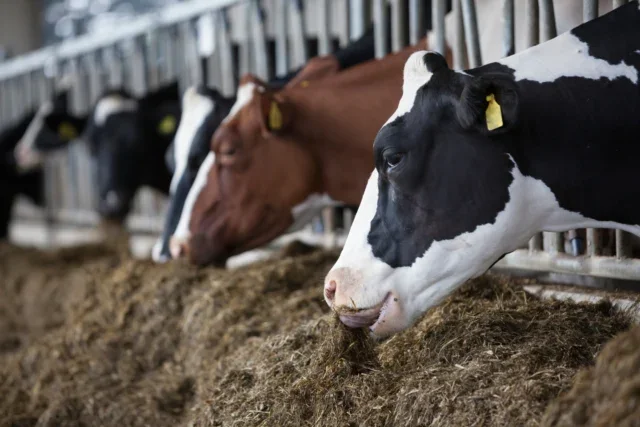- Resources
- Dairy methane action plan: A guide to planning and disclosing actions to reduce dairy methane emissions
Resources
Dairy methane action plan: A guide to planning and disclosing actions to reduce dairy methane emissions
Published: May 13, 2025 by EDF Staff
Driving down dairy methane emissions is one of the most effective ways for food and dairy companies to progress on their climate goals, reduce the systemic risk of climate change and increase resilience in their operations and supply chains.
Publishing a Dairy Methane Action Plan (DMAP) is an essential piece of the puzzle, helping companies prioritize action for impact, demonstrate transparency, get ahead of growing regulations and secure both internal and external buy-in.
Action plans also showcase industry leadership, sending the market signal that methane reduction across the dairy and livestock sectors should be a global priority for a more sustainable dairy future.
Scaling action and ambition
Following foundational accounting and disclosure guidance, this third guide from the Dairy Methane Action Alliance (DMAA) details how dairy and food companies can build on their methane disclosures to define the strategies needed to reduce dairy methane emissions across their operations and supply chains.
Companies can then leverage the stakeholder engagement guide to implement these solutions — driving competitive advantages, reducing climate risk and positioning their businesses for a lower-emissions global economy.
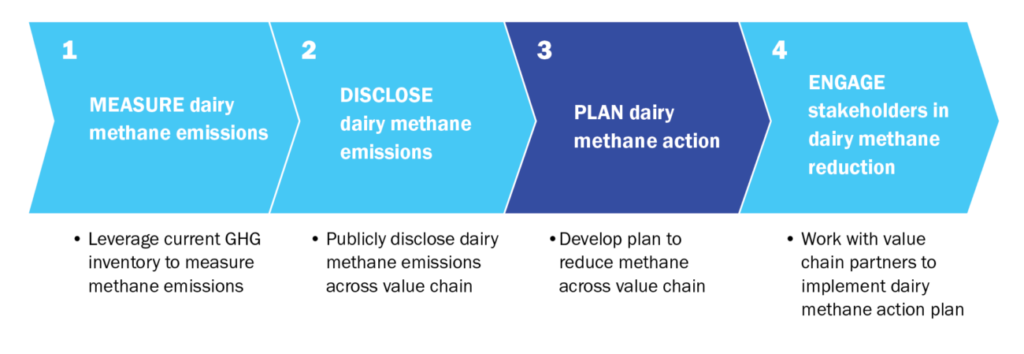
Key components of a robust action plan
When developing their DMAPs, companies should carefully consider which strategies and solutions are most appropriate for their operations and unique supply chains. As such, this guide outlines a streamlined DMAP template and on-farm methane mitigation solutions to support strategic and tactical dairy methane reduction planning and progress disclosure.
Dairy methane action plans are designed to be iterative. Corporate plans will evolve with new and updated strategies as companies complete projects, encounter challenges and innovate solutions, leverage new technologies and invest in emerging research.
As such, this guide outlines a streamlined DMAP template and on-farm methane mitigation solutions to support strategic and tactical dairy methane reduction planning and progress disclosure.
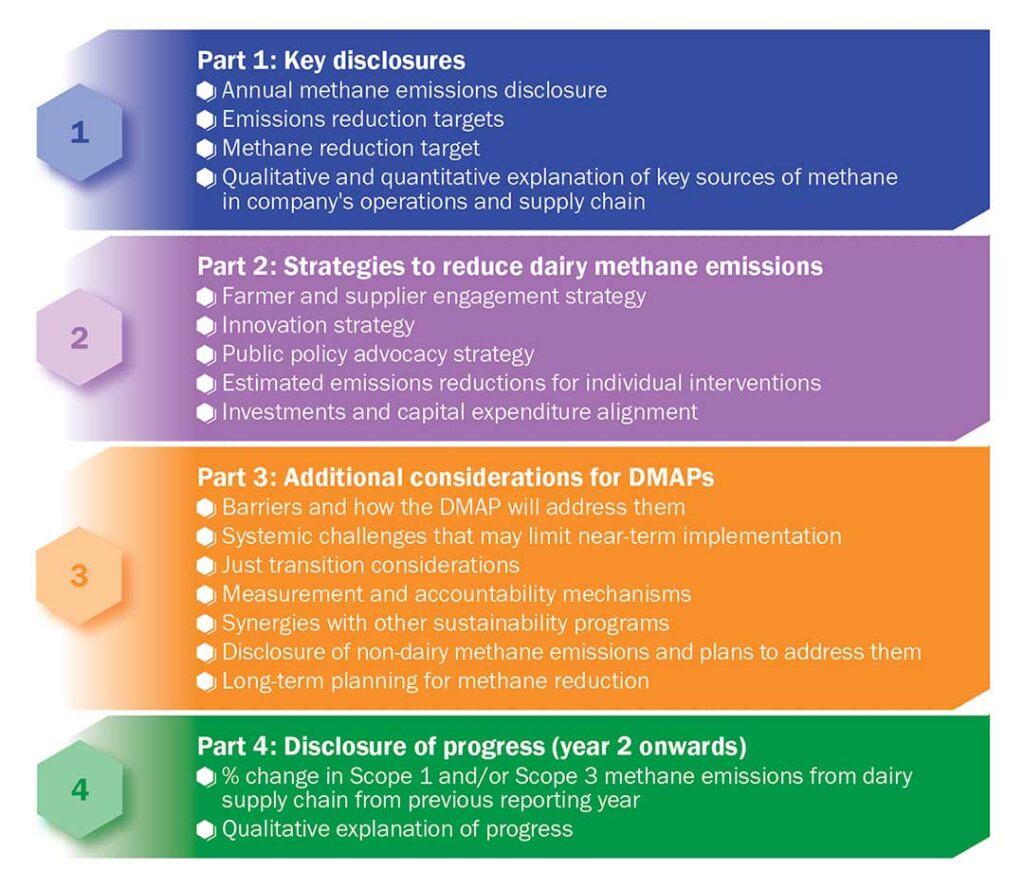
Methane mitigation strategies
The three strategy areas presented in this guide are critical for driving dairy methane reductions.
- Direct engagement with farmers and suppliers is necessary to promote on-farm adoption of ready-to-deploy methane solutions.
- Research and innovation will help to improve upon existing solutions and accelerate the development of emerging ones.
- Support public policies and programs that bolster both approaches and accelerate the adoption of low-methane solutions, complementing private sector research and innovation activities.
Companies should work across the strategy areas in tandem to ensure they are acting on dairy methane now, along with investing in future, more substantial methane mitigation technologies, projects, and policies.
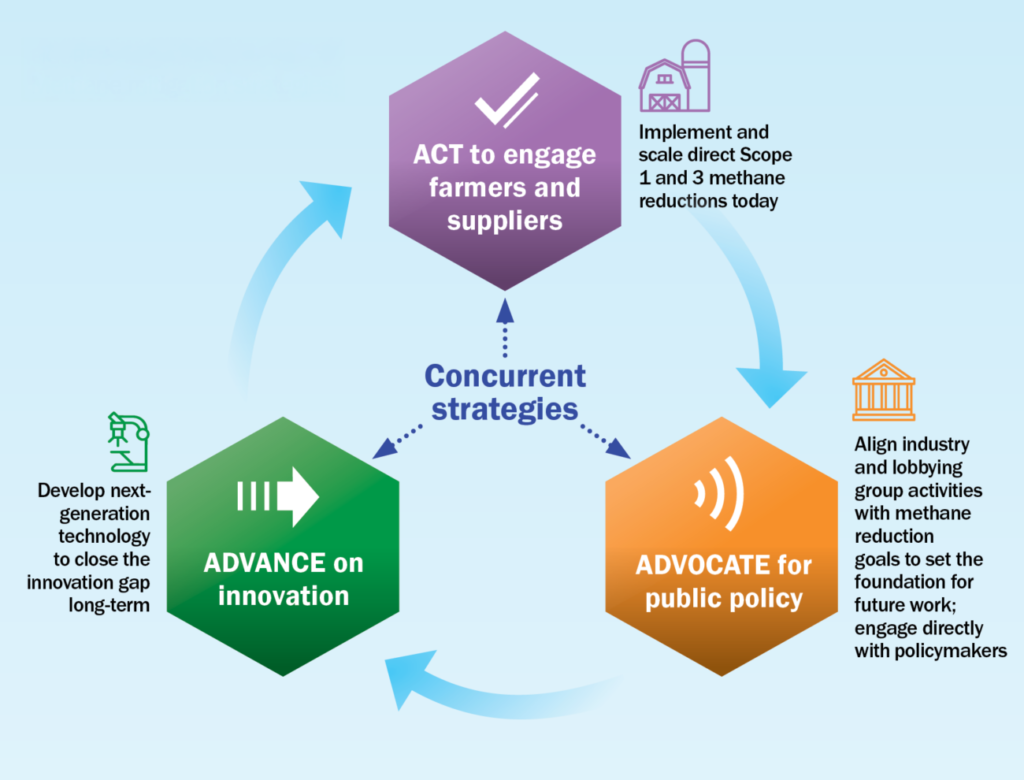
Next steps
A comprehensive action plan should identify the main sources of dairy methane emissions in a company’s supply chain (e.g., enteric/manure, geography, business unit, supplier) and include specific actions a company will take to address those emissions on the ground.
Companies can engage key stakeholders throughout the DMAP planning process to translate that plan into action. The stakeholder engagement guide features best practices, case studies, and example initiatives driving effective stakeholder engagement across the value chain and dairy sector to tackle dairy methane emissions.
Ready to advance progress toward a more sustainable dairy future? Reach out to learn more about how EDF can support your company in building and executing a robust and effective dairy methane strategy.
Dairy methane action plan
A guide to planning and disclosing actions to reduce dairy methane emissions.
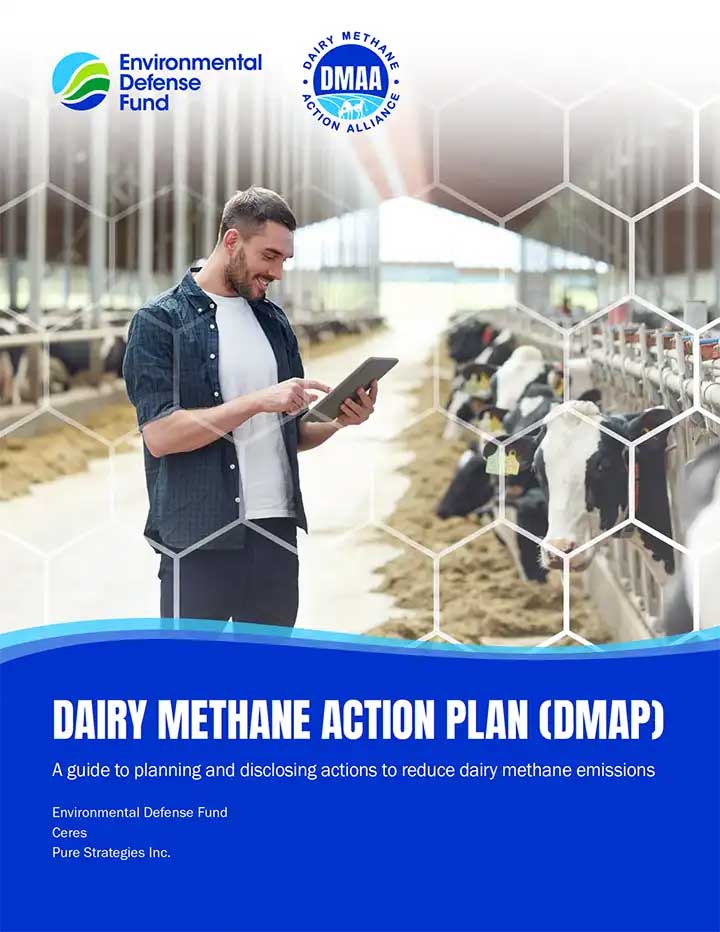
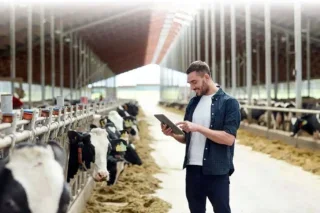
-
Dairy Methane Action AllianceLearn More
-
Dairy Methane AccountingView Guide
-
Dairy Methane DisclosureView Guide
-
Dairy Methane Stakeholder EngagementView Guide
